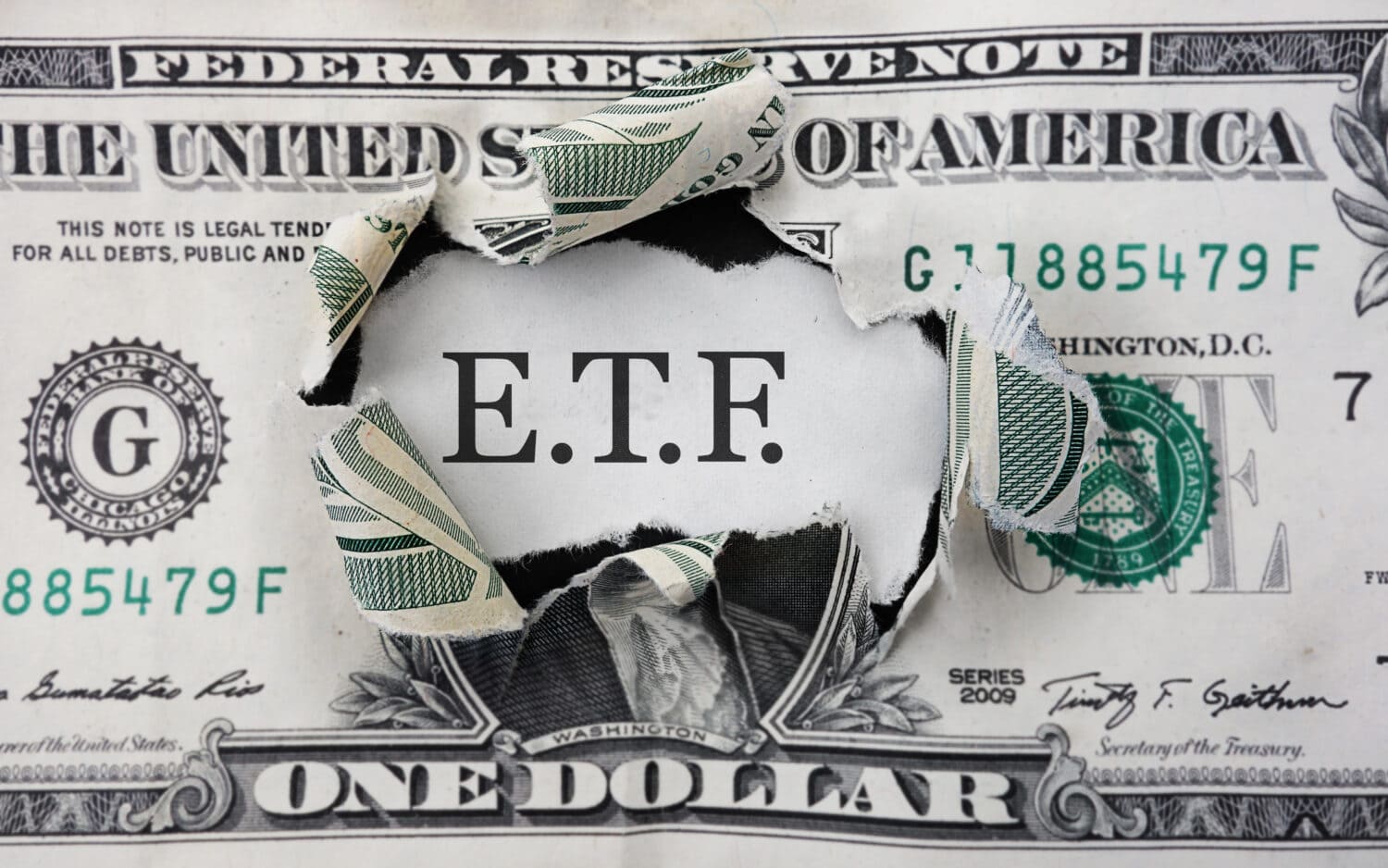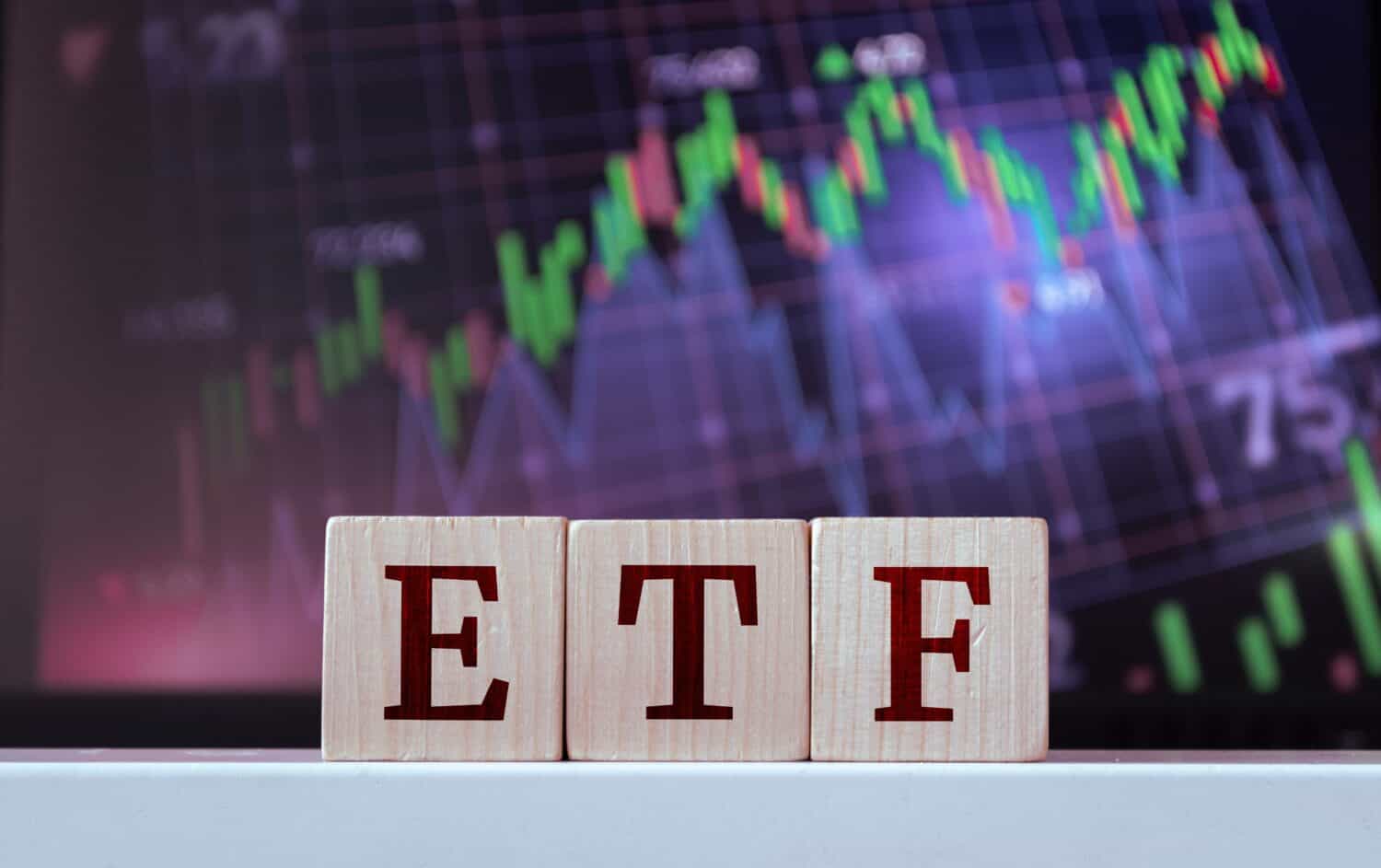
SCHD and VOO are two very popular ETFs for investors looking to diversify quickly. Like all ETFs, these two investment vehicles hold a “bucket” of stocks. However, the stocks they hold are very different from each other, leading to a difference in risk and performance.
This article will explore the key differences between SCHD and VOO, helping you decide which one aligns better with your investment goals. The choice between SCHD and VOO hinges on individual investor priorities. SCHD prioritizes current income and potentially lower volatility, while VOO prioritizes long-term growth through broader diversification.
This isn’t the whole story, though. We’ll take a look at exactly how these ETFs work below.
What is SCHD?

Schwab US Dividend Equity ETF (NYSE: SCHD) tracks the Dow Jones U.S. Dividend 100 Index. This index focuses on companies that consistently pay high dividends. Simply put, SCHD invests in established U.S. companies that pay decent dividends.
As you might imagine, this ETF is popular with investors looking to make a decent amount of money from dividends. If you want a steady stream of passive income, this ETF could be a great option.
Plus, many companies that historically pay consistent dividends tend to be financially strong and stable. In the end, this makes SCHD a less risky ETF overall. It isn’t looking to invest in fast-growing companies, which are often riskier than mature companies.
What is VOO?

Vanguard S&P 500 ETF (NYSE: VOO) is quite different from SCHD. It tracks a different index, the S&P 500. This index is a benchmark for the 500 largest publically traded companies in the United States and is commonly considered a good benchmark for the economy as a whole. When you buy VOO stock, you’re getting exposure to the 500 biggest companies in the U.S.
A key benefit of VOO is the massive number of companies it tracks. By holding so many stocks, VOO mitigates the risk of relying on a single company to perform. This ETF provides tons of instant diversification and exposes you to the growth of the U.S. economy as a whole.
VOO also has pretty low expense ratios, making it a cost-effective investment option.
SCHD vs. VOO: What Fund is Right for You?

Fees
All ETFs have an expense ratio, which is a fee charged for the management of the ETF. Both SCHD and VOO are low-cost ETFs, but there is a big difference between their fees.
Currently, VOO’s annual operating expense is 0.03%, lower than the average for ETFs. SCHD’s operating fee is 0.06%, double VOO’s.
While 0.03% may seem like a very small difference, this can add up over time. If you’re investing a lot of money, you could potentially be looking at thousands of dollars in difference. Plus, holding longer racks up more fees.
While this expense ratio isn’t the primary factor you should consider when choosing between these two ETFs (that should be your investing goals), this substantial difference should be kept in mind.
Risk
All investments have some kind of risk, but some are riskier than others. Both SCHD and VOO are subject to market fluctuations and downturns.
One way to judge risk is through Beta. Beta is the measurement of how volatile an investment is compared to the market as a whole. The market always has a Beta of 1. Investments with a Beta higher than one are more volatile (and therefore more risky), while investments with a Beta lower than one are less volatile (and therefore less risky).
This isn’t a perfect rating, as surprises happen all the time on the stock market. However, it does provide a good overview of how much a stock moves compared to others.
SCHD’s Beta is 0.77, making it much less volatile than the stock market. This also means that it may not gain as much capital appreciation as the stock market as a whole, but again, that isn’t SCHD’s goal. Instead of capital appreciation, it’s focusing on dividends.
VOO tracks the overall market well, so it’s Beta is typically around 1. In most cases, VOO will move in the same direction as the overall market at around the same rate.
Neither of these stocks is particularly risky, though SCHD moves a lot less than VOO.
Historical Performance
Both of these ETFs have different goals, so it is hard to compare historical performance. On one hand, VOO does have a higher return (in terms of capital appreciation) than SCHD. However, that’s exactly what VOO is focusing on, while SCHD focuses more on dividends.
SCHD has historically had much higher annual dividend payments than VOO, as it focuses on dividend stocks.
This difference in historical performance makes complete sense, as each ETF focuses on doing something different. One doesn’t necessarily “do better” than the other, but they do outperform each other in certain categories.
You should pick the one that does best in terms of what your goal is. Does your goal align more with VOO or SCHD?
Top Holdings
Both SCHD and VOO have very different holdings, as you might guess.
VOO tracks ETFs that are in the S&P 500. When a stock moves in or out of this index, VOO will update accordingly. Therefore, its holdings are changing all the time. Here are its current top 10 holdings:
- Microsoft Corporation (NASDAQ: MSFT)
- Apple Inc. (NASDAQ: AAPL)
- NVIDIA Corporation (NASDAQ: NVDA)
- Amazon.com, Inc (NASDAQ: AMZN)
- Alphabet Inc. (NASDAQ: GOOGL)
- Meta Platforms, Inc. (NASDAQ: META)
- Alphabet Inc. (NASDAQ: GOOG)
- Berkshire Hathaway Inc. (NYSE: BRK-B)
- Eli Lilly and Company (NYSE: LLY)
- Broadcom Inc. (NASDAQ: AVGO)
On the other hand, SCHD focuses on very different companies:
- Texas Instruments Incorporated (NASDAQ: TXN)
- Amgen Inc. (NASDAQ: AMGN)
- Lockheed Martin Corporation (NYSE: LMT)
- Pfizer Inc. (NYSE: PFE)
- Chevron Corporation (NYSE: CVX)
- The Coco-Cola Company (NYSE: KO)
- PepsiCo, Inc. (NASDAQ: PEP)
- Verizon Communications Inc. (NYSE: VZ)
- Cisco System, Inc. (NASDAQ: CSCO)
- BlackRock, Inc. (NYSE: BLK)
Investment Goals
Choosing between these two stocks largely depends on your investment goals. SCHD and VOO are focused on very different things. SCHD’s goal is to maximize dividend payment, while VOO seeks to capture the growth of the stock market.
If you’re an income-focused investor, SCHD is likely the more suitable option. Its focus on high-dividend-paying companies translates to regular dividend payouts, which can be a valuable source of income.
On the other hand, VOO is better for investors looking for capital appreciation. Its broad diversification makes it a pretty safe investment compared to other ETFs, and it has delivered strong returns historically.
Dividends and capital appreciation are two very different things. The ETF you choose should depend on your goals.
Choosing Between SCHD and VOO

As we’ve explained, SCHD and VOO are very different ETFs due to their difference in focus. Choosing between them should largely focus on your investment goals and risk tolerance:
- Income-focused investors seeking a steady stream of income and lower volatility should invest in SCHD.
- Growth-oriented investors prioritizing long-term capital appreciation through broad market exposure might find VOO a good fit.
Ultimately, you should choose the ETF with a focus that aligns with yours. If neither of these ETFs sounds like it fits you, don’t worry; there are tons more. For instance, VUG is somewhat like VOO but is more growth-oriented. We have compared VUG vs. VOO previously.
It’s Your Money, Your Future—Own It (sponsor)
Retirement can be daunting, but it doesn’t need to be.
Imagine having an expert in your corner to help you with your financial goals. Someone to help you determine if you’re ahead, behind, or right on track. With SmartAsset, that’s not just a dream—it’s reality. This free tool connects you with pre-screened financial advisors who work in your best interests. It’s quick, it’s easy, so take the leap today and start planning smarter!
Don’t waste another minute; get started right here and help your retirement dreams become a retirement reality.
Thank you for reading! Have some feedback for us?
Contact the 24/7 Wall St. editorial team.





